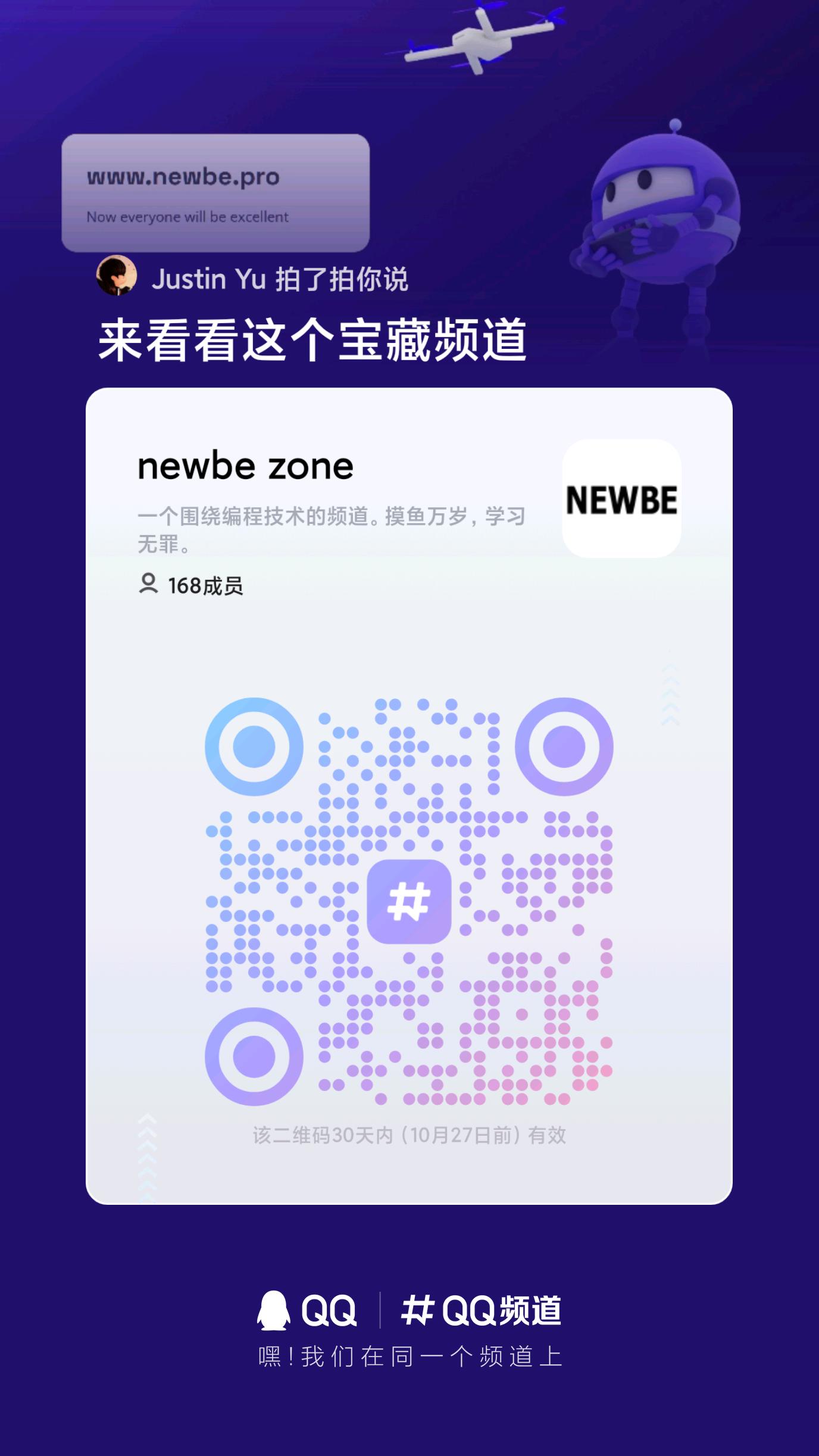Nginx No, Traefik Yes
As we all know, Nginx is a very popular reverse proxy server. It is very stable and has a lot of features. But I choose Traefik instead of Nginx as a reverse proxy in test environment since it is more suitable for my use case. In this post, I will explain why I choose Traefik instead of Nginx.
Background
I have a test environment which is running on a single server. It has a lot of services running on it. I want to expose these services to the internet. So I need a reverse proxy server to do this. I am used to using Swag as a reverse proxy for years, witch is based on Nginx. But it is a little bit hard to configure. So I want to find a better solution.
I want to find a reverse proxy server which meets the following requirements:
- It should be containerized. I don't want to install it on the host machine.
- It should be easy to configure.
- It should support Let's Encrypt to generate SSL certificates automatically.
- It should be easy to migrate to production environment if needed.
Swag
Swag1 is a reverse proxy server based on Nginx, witch I used for years. It meets all the requirements above. Swag project provides a docker image to run it. And dozens of Nginx configuration template files for developers to use. If you are familiar with Nginx, you can easily configure it. But it is way too complex for beginners.
I choose Swag as my reverse proxy server instead of bare Nginx, because it supports Let's Encrypt to generate SSL automatically by adding a few lines of configuration. It is very convenient.
Caddy
Caddy2 is a web server written in Go. I tried this solution to solve my problem after doing some research.
For example, if you want to expose a service running on port 80, you just need to create a file named Caddyfile:
api.newbe.pro { reverse_proxy api:80 } ws.newbe.pro { reverse_proxy ws:80 }
Then run Caddy with docker as following docker-compose file:
version: "3.4" services: caddy: image: caddy container_name: caddy restart: unless-stopped ports: - 80:80 - 443:443 volumes: - ./Caddyfile:/etc/caddy/Caddyfile - ./data/caddy:/data - ./data/caddy/config:/config api: image: newbe36524/newbe.api container_name: api restart: unless-stopped environment: - ASPNETCORE_ENVIRONMENT=Development volumes: - ./data/api:/app/data ws: image: newbe36524/newbe.ws container_name: ws restart: unless-stopped environment: - ASPNETCORE_ENVIRONMENT=Development volumes: - ./data/ws:/app/data
Then configure my DNS to point api.newbe.pro and ws.newbe.pro to my server with A record. Then I can access my api service and ws service with https://api.newbe.pro and https://ws.newbe.pro respectively.
I finally gave up this solution because Caddy does not support many build-in plugins as Traefik does. Of course, you can compile Caddy with plugins you need. But I don't want to do this.
Traefik
Traefik3 is also a reverse proxy server written in Go. I can run it as following docker-compose file:
version: '3.4' secrets: azure_client_id: file: "./secrets/azure_client_id.secret" azure_client_secret: file: "./secrets/azure_client_secret.secret" azure_tenant_id: file: "./secrets/azure_tenant_id.secret" azure_subscription_id: file: "./secrets/azure_subscription_id.secret" azure_resource_group: file: "./secrets/azure_resource_group.secret" services: reverse-proxy: # The official v2 Traefik docker image image: traefik:v2.10 container_name: "traefik" # Enables the web UI and tells Traefik to listen to docker command: - "--api.insecure=true" - "--providers.docker=true" - "--entrypoints.web.address=:80" - "--entrypoints.websecure.address=:443" - "--certificatesresolvers.myresolver.acme.dnschallenge=true" - "--certificatesresolvers.myresolver.acme.dnschallenge.provider=azuredns" - "--certificatesresolvers.myresolver.acme.email=contact@newbe.pro" - "--certificatesresolvers.myresolver.acme.storage=/letsencrypt/acme.json" environment: - "AZURE_CLIENT_ID_FILE=/run/secrets/azure_client_id" - "AZURE_CLIENT_SECRET_FILE=/run/secrets/azure_client_secret" - "AZURE_TENANT_ID=/run/secrets/azure_tenant_id" - "AZURE_SUBSCRIPTION_ID=/run/secrets/azure_subscription_id" - "AZURE_RESOURCE_GROUP=/run/secrets/azure_resource_group" secrets: - "azure_client_id" - "azure_client_secret" - "azure_tenant_id" - "azure_subscription_id" - "azure_resource_group" ports: # The HTTP port - "80:80" - "443:443" - "443:443/udp" # The Web UI (enabled by --api.insecure=true) - "8080:8080" volumes: # So that Traefik can listen to the Docker events - "/var/run/docker.sock:/var/run/docker.sock:ro" - "./letsencrypt:/letsencrypt" api: image: newbe36524/newbe.api container_name: api restart: unless-stopped environment: - ASPNETCORE_ENVIRONMENT=Development labels: - "traefik.enable=true" - "traefik.http.routers.api.rule=Host(`api.newbe.pro`)" - "traefik.http.routers.api.entrypoints=websecure" - "traefik.http.routers.api.tls.certresolver=myresolver" ws: image: newbe36524/newbe.ws container_name: ws restart: unless-stopped environment: - ASPNETCORE_ENVIRONMENT=Development labels: - "traefik.enable=true" - "traefik.http.routers.ws.rule=Host(`ws.newbe.pro`)" - "traefik.http.routers.ws.entrypoints=websecure" - "traefik.http.routers.ws.tls.certresolver=myresolver"
You can notice that all the configuration is in docker-compose file. I don't need to create any other configuration file, it is very convenient. Traefik is not only support docker as a provider to automatically discover services, but also support Kubernetes if I want to migrate to Kubernetes in the future.
Conclusion
I choose Traefik instead of Nginx as a reverse proxy in test environment because it is more suitable for my use case. It is cloud native and easy to configure. I don't need to create any other configuration file. I can configure everything in docker-compose file.
References
感谢阅读,如果觉得本文有用,不妨点击推荐👍或者在评论区留下 Mark,让更多的人可以看到。
欢迎关注作者的微信公众号“newbe技术专栏”,获取更多技术内容。
- 本文作者: newbe36524
- 本文链接: https://www.newbe.pro/Others/0x02A-Nginx-no-traefik-yes/
- 版权声明: 本博客所有文章除特别声明外,均采用 BY-NC-SA 许可协议。转载请注明出处!










【推荐】国内首个AI IDE,深度理解中文开发场景,立即下载体验Trae
【推荐】编程新体验,更懂你的AI,立即体验豆包MarsCode编程助手
【推荐】抖音旗下AI助手豆包,你的智能百科全书,全免费不限次数
【推荐】轻量又高性能的 SSH 工具 IShell:AI 加持,快人一步
· 全程不用写代码,我用AI程序员写了一个飞机大战
· DeepSeek 开源周回顾「GitHub 热点速览」
· MongoDB 8.0这个新功能碉堡了,比商业数据库还牛
· 记一次.NET内存居高不下排查解决与启示
· 白话解读 Dapr 1.15:你的「微服务管家」又秀新绝活了